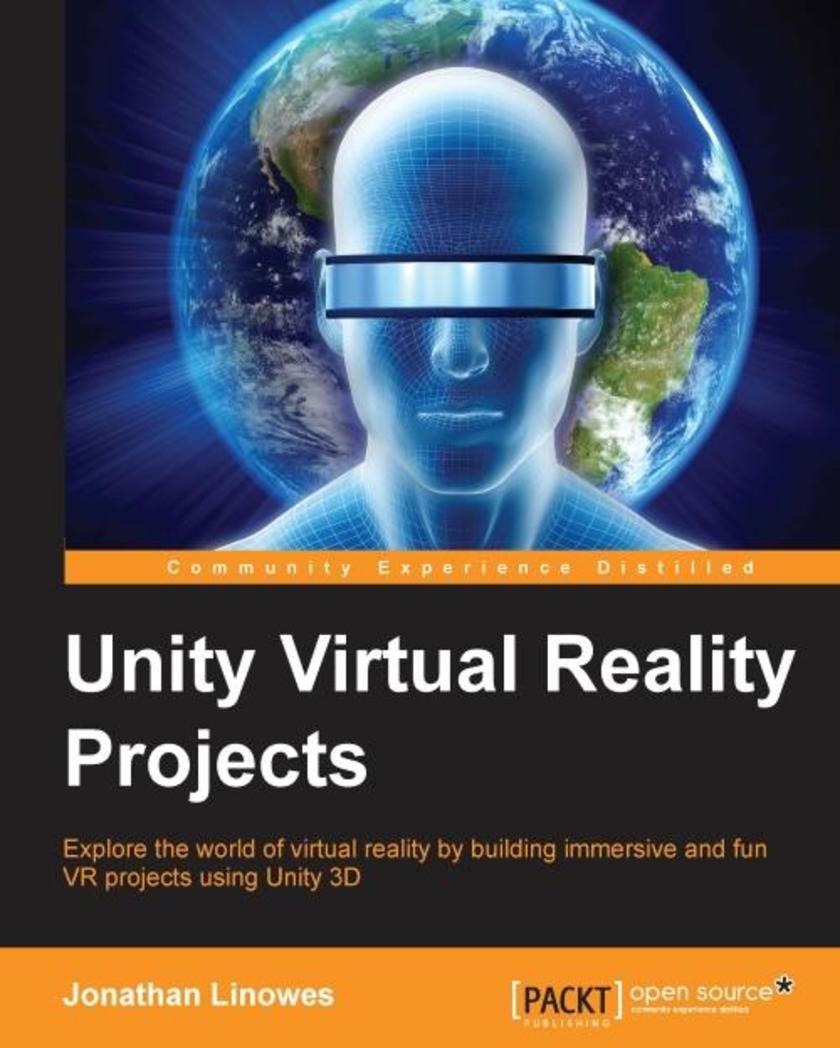
Troubleshooting Puppet
¥63.21
If you are a beginner to intermediate Puppet engineer looking for guidance to help fix problems with your Puppet deployments, this book is for you.

Ext JS Application Development Blueprints
¥80.65
If you are a developer who has knowledge of Ext JS but would like to expand it to encompass the bigger picture of application development, then this book is ideal for you.

Microsoft Dynamics CRM 2011 Applications (MB2-868) Certification Guide
¥107.90
This Certification guide will follow a step-by-step approach to instruct the reader what they need to know to be able to become certified with Microsoft Dynamics CRM 2011. If you will implement Microsoft Dynamics CRM 2011, this book is for you. You should have a working knowledge of Microsoft Windows, Microsoft Internet Explorer, and Microsoft Office.
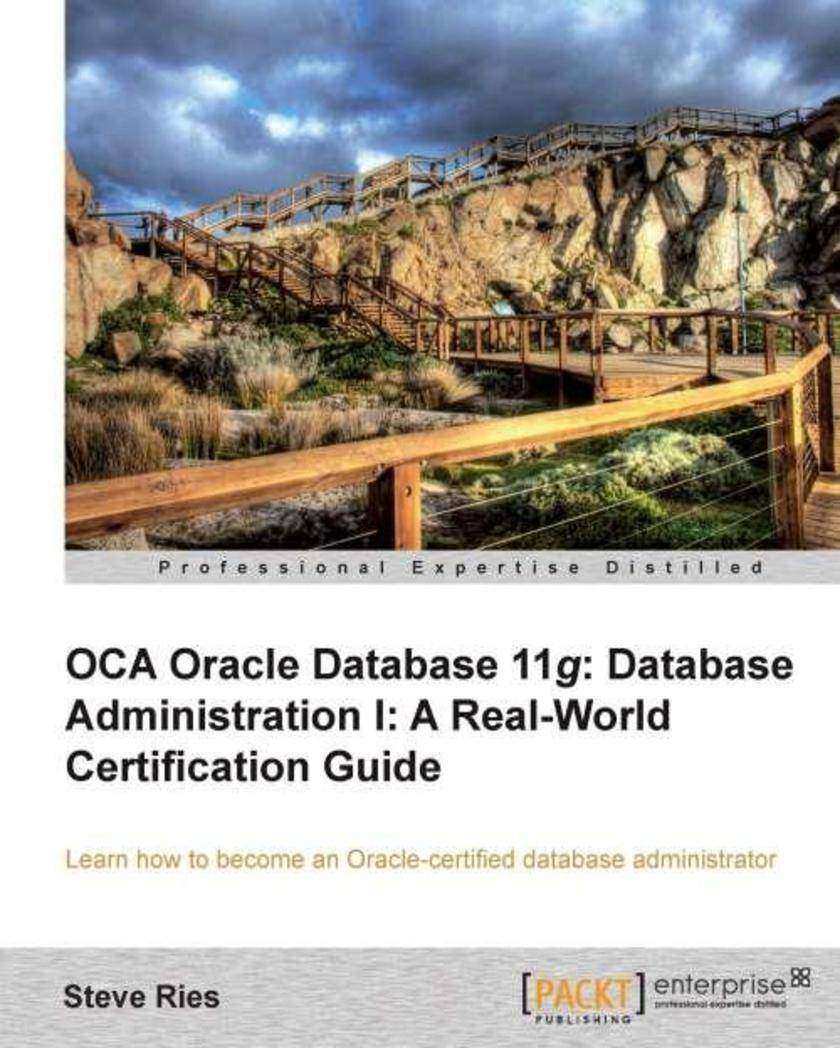
OCA Oracle Database 11g Administration I Certification Guide
¥107.90
Developed as a practical book, "Oracle Database 11g Administration I Certification Guide" will show you all you need to know to effectively excel at being an Oracle DBA, for both examinations and the real world. This book is for anyone who needs the essential skills to become an Oracle DBA, pass the Oracle Database Administration I exam, and use those skills in the real world to manage secure, high performance, and highly available Oracle databases.
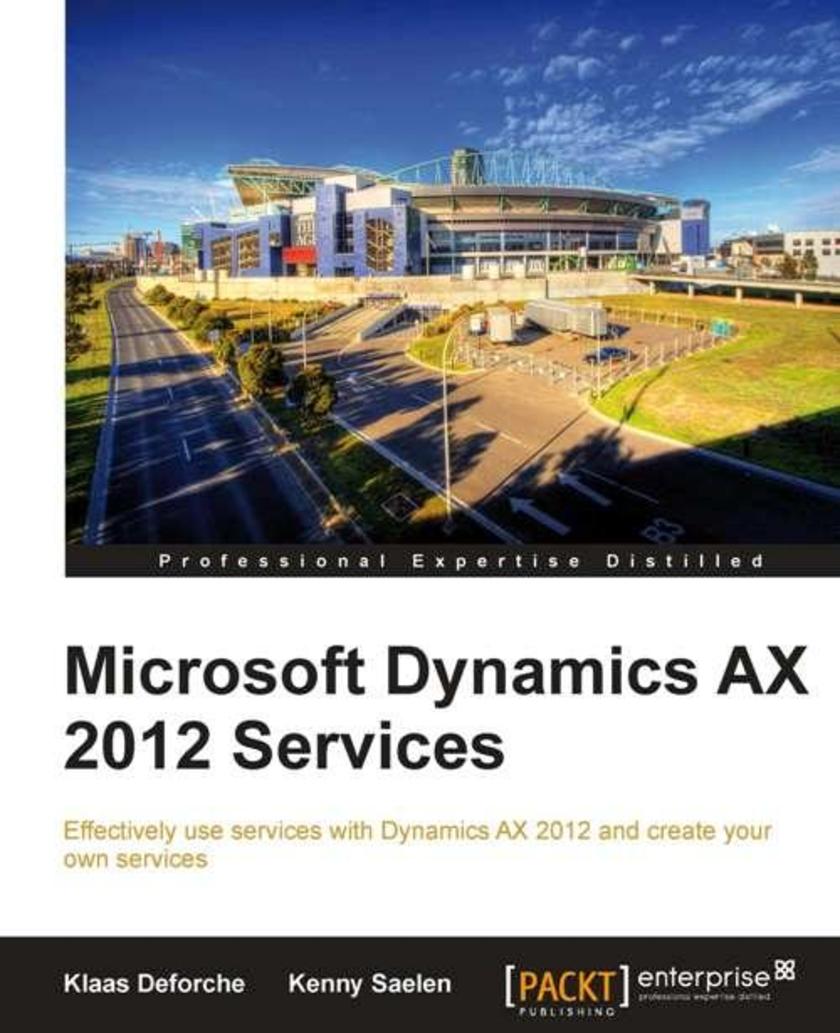
Microsoft Dynamics AX 2012 Services
¥63.21
It's a tutorial guide that provides all the knowledge needed to implement services with Microsoft Dynamics AX 2012. This book is aimed at Dynamics AX developers, both new and experienced with services and Microsoft Dynamics AX 2012. A basic understanding of MorphX and X++ is assumed, but the step-by-step instructions are easy to follow even for beginners. Some examples use C#.NET, so experience with Visual Studio is a plus but not a must.
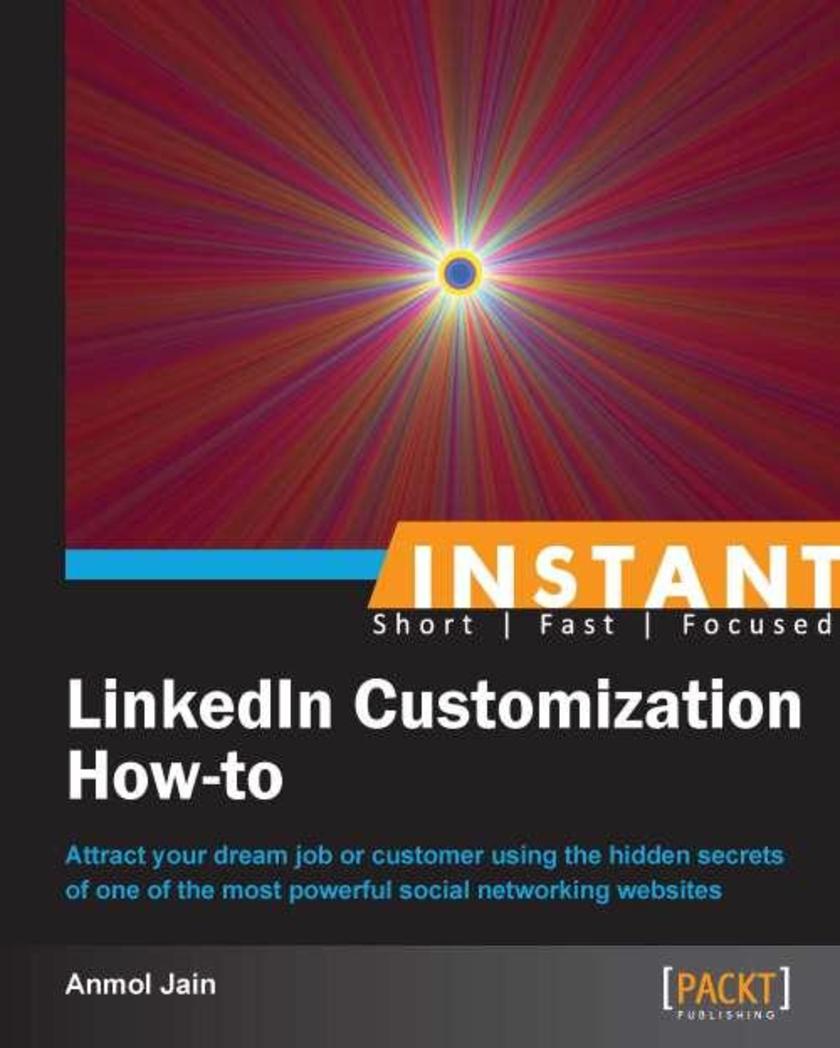
Instant LinkedIn Customization How-to (MnM)
¥35.96
Filled with practical, step-by-step instructions and clear explanations for the most important and useful tasks. Get the job done and learn as you go. Step-by step application of the features of LinkedIn provides a good grounding in creating effective résumés and optimizing your search. If you’re looking for a job, genuinely interested in expanding your lifelong professional network, or simply want to learn about the tips and tricks of LinkedIn, then this is the right book for you.
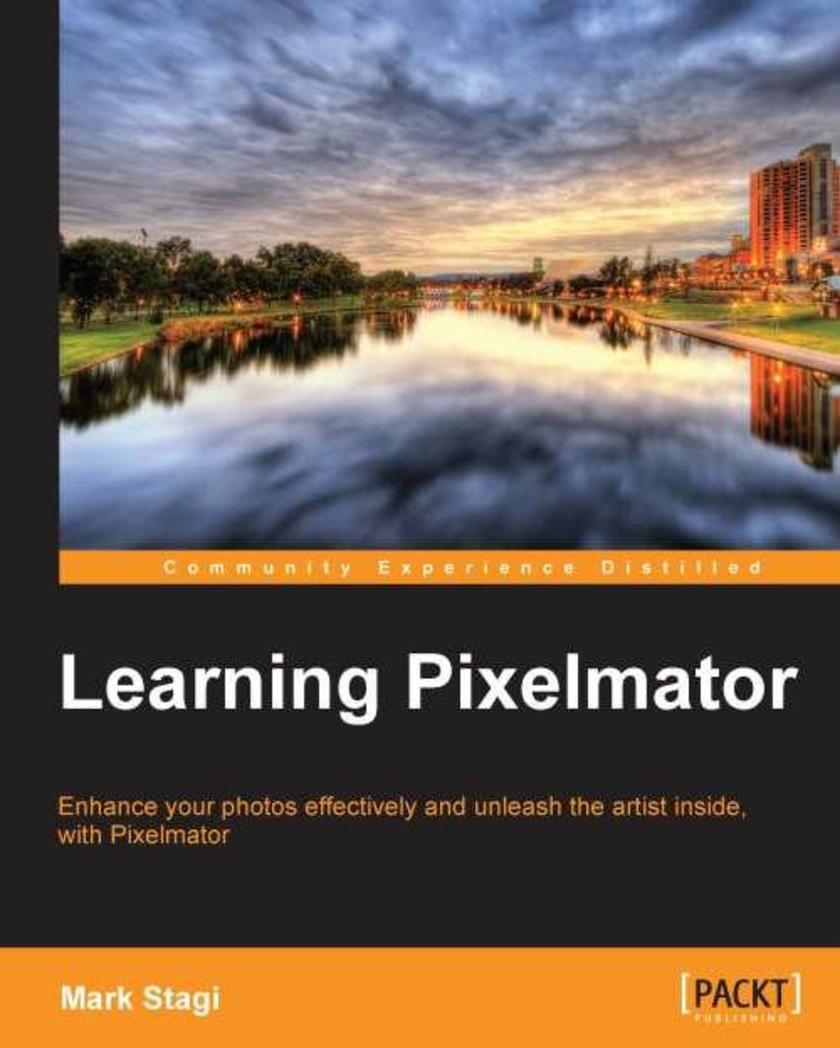
Learning Pixelmator
¥45.77
A fast paced, example driven approach to learning Pixelmator. Learning Pixelmator is great for photographers of any level who are looking to learn to take advantage of Pixelmator to edit images. Without any prior knowledge of image editing software needed, we will start with the basics and move onto more advanced image editing techniques. No matter what your current artistic level is, this book will give you the power to unleash the artist within!
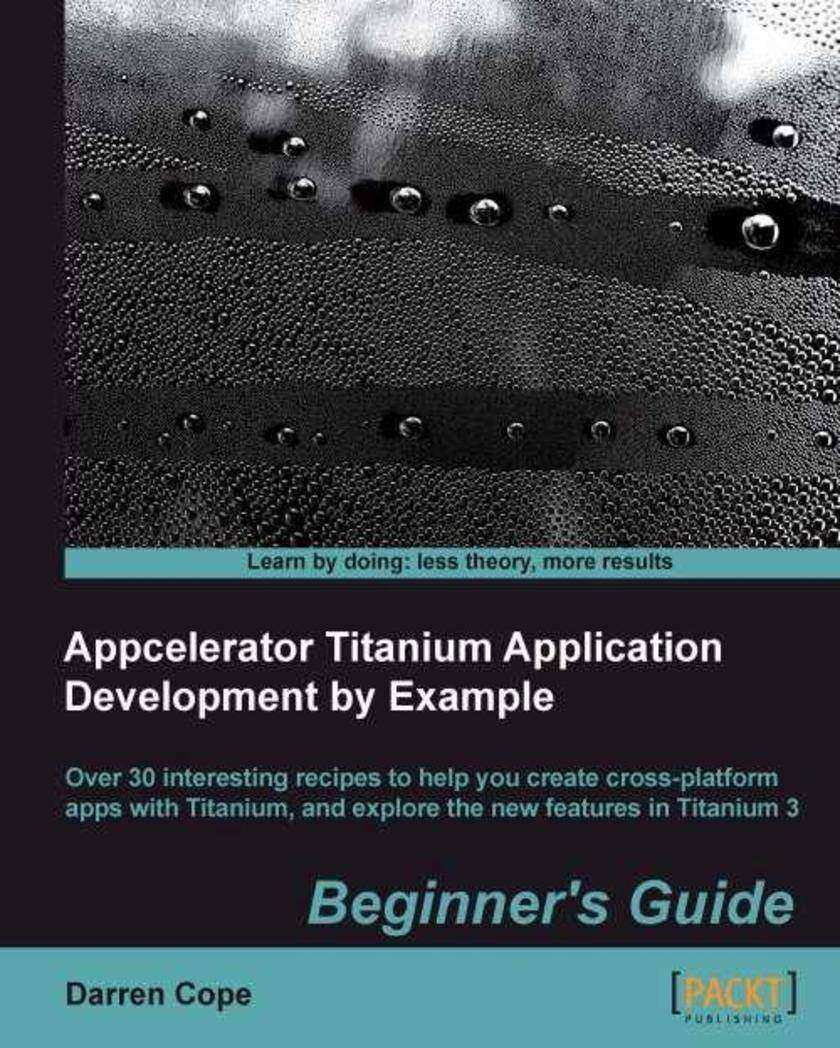
Appcelerator Titanium Application Development by Example Beginner’s Guide
¥90.46
"Appcelerator Titanium Application Development by Example Beginner's Guide" is an example-driven tour of the language that guides you through all the stages of app design. The style is relaxed and friendly whilst remaining concise and structured. If you are new to this technology or curious about the possibilities of Appcelerator Titanium then this book is for you. If you are a web developer who is looking for a way to craft cross-platform apps, then this book and the Titanium language is the choice for you.
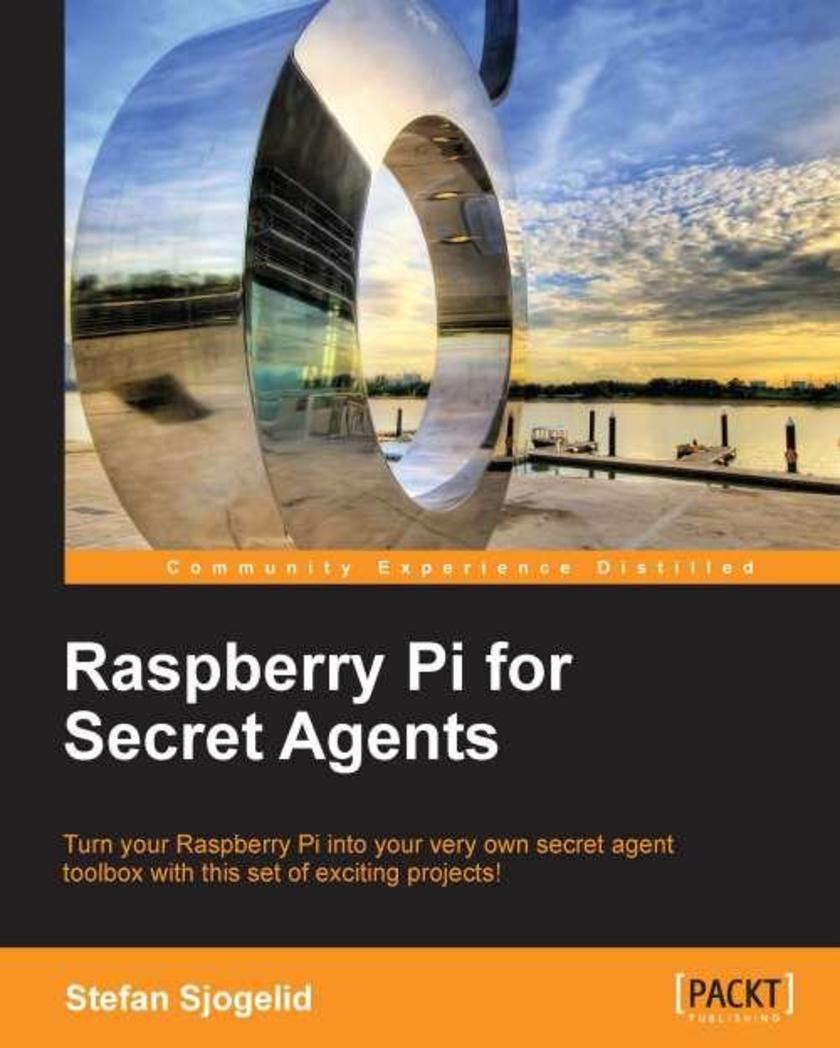
Raspberry Pi for Secret Agents
¥54.49
A playful, informal approach to using the Raspberry Pi for mischief! Raspberry Pi for Secret Agents is for all mischievous Raspberry Pi owners who’d like to see their computer transform into a neat spy gadget to be used in a series of practical pranks and projects. No previous skills are required to follow along and if you’re completely new to Linux, you’ll pick up much of the basics for free. Apart from the Raspberry Pi board itself, a USB microphone and/or a webcam is required for most of the audio/video topics and a Wi-Fi dongle is recommended for the networking examples. A Windows/Mac OS X/Linux computer (or second Raspberry Pi) is also recommended for remote network access.
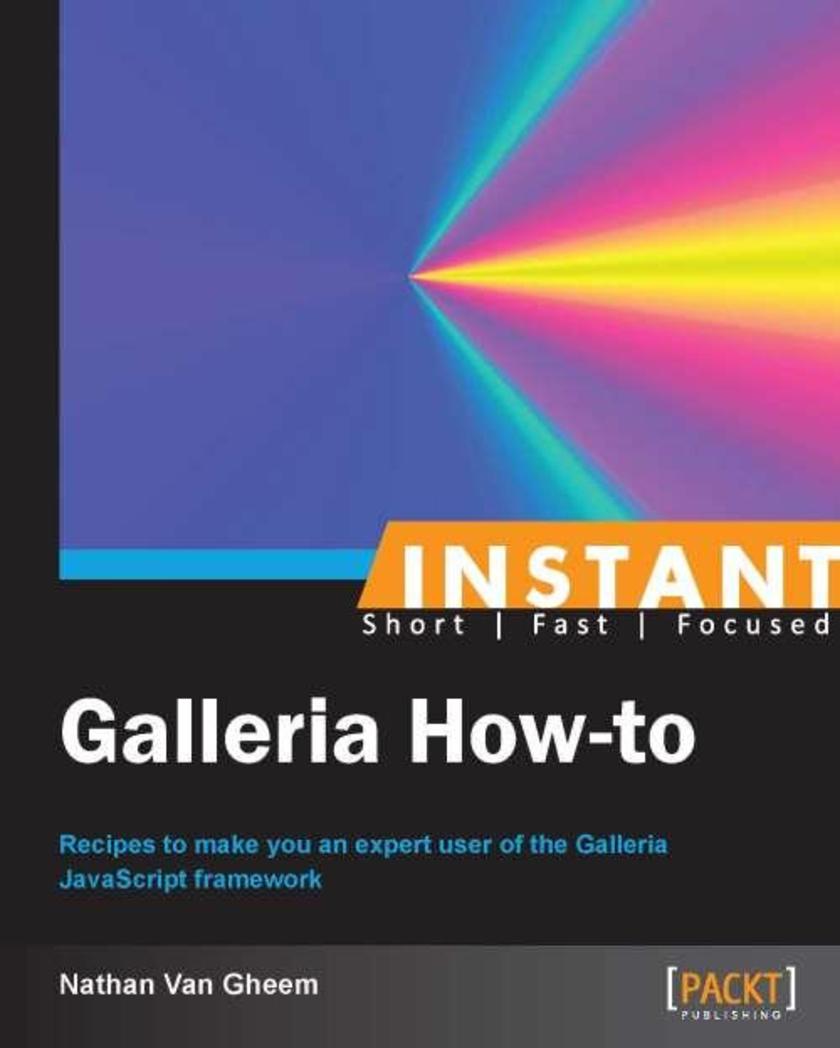
Instant Galleria How-to
¥35.96
Get to grips with a new technology, understand what it is and what it can do for you, and then get to work with the most important features and tasks. This is a how-to book with practical recipes to make you an expert user of Galleria. This book is for Java* developers and designers looking to learn how to create beautiful galleries for their web projects. It’s assumed you know some JavaScript, JQuery, HTML, and CSS. Readers are expected to have images available to use with the galleries, a text editor, and a modern web browser to develop with.
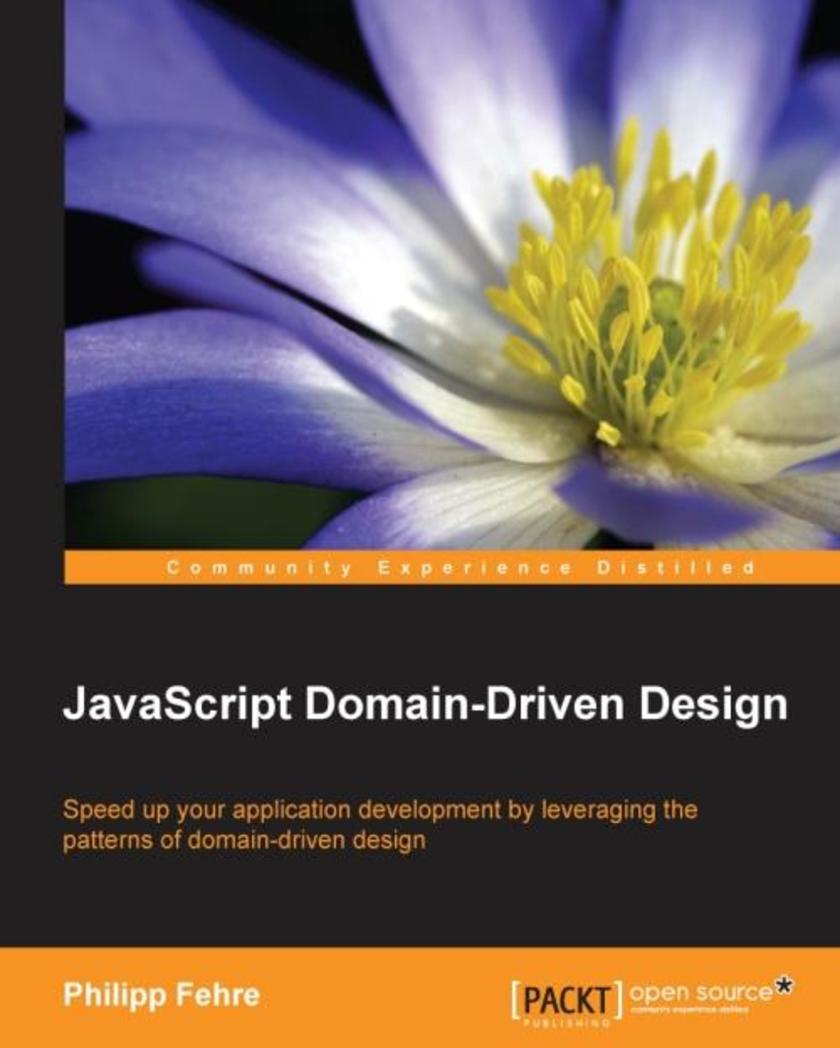
JavaScript Domain-Driven Design
¥71.93
If you are an experienced JavaScript developer who wants to improve the design of his or her applications, or find yourself in a situation to implement an application in an unfamiliar domain, this book is for you. Prior knowledge of JavaScript is required and prior experience with Node.js will also be helpful.

Odoo Development Essentials
¥54.49
This book is intended for developers who need to quickly become productive with Odoo. You are expected to have experience developing business applications, as well as an understanding of MVC application design and knowledge of the Python programming language.

Arduino Electronics Blueprints
¥80.65
This book is intended for those who want to learn about electronics and coding by building amazing devices and gadgets with Arduino. If you are an experienced developer who understands the basics of electronics, then you can quickly learn how to build smart devices using Arduino. The only experience needed is a desire to learn about electronics, circuit breadboarding, and coding.

Zabbix Cookbook
¥80.65
If you have some experience with Zabbix and wish to take your infrastructure to the next level, then this book is for you. Before you start with Zabbix, or monitoring in general, it is best to have some basic Linux knowledge and a good understanding of snmp, virtualization, and *ing.

Mastering Python for Data Science
¥99.18
If you are a Python developer who wants to master the world of data science, then this book is for you. Some knowledge of data science is assumed.
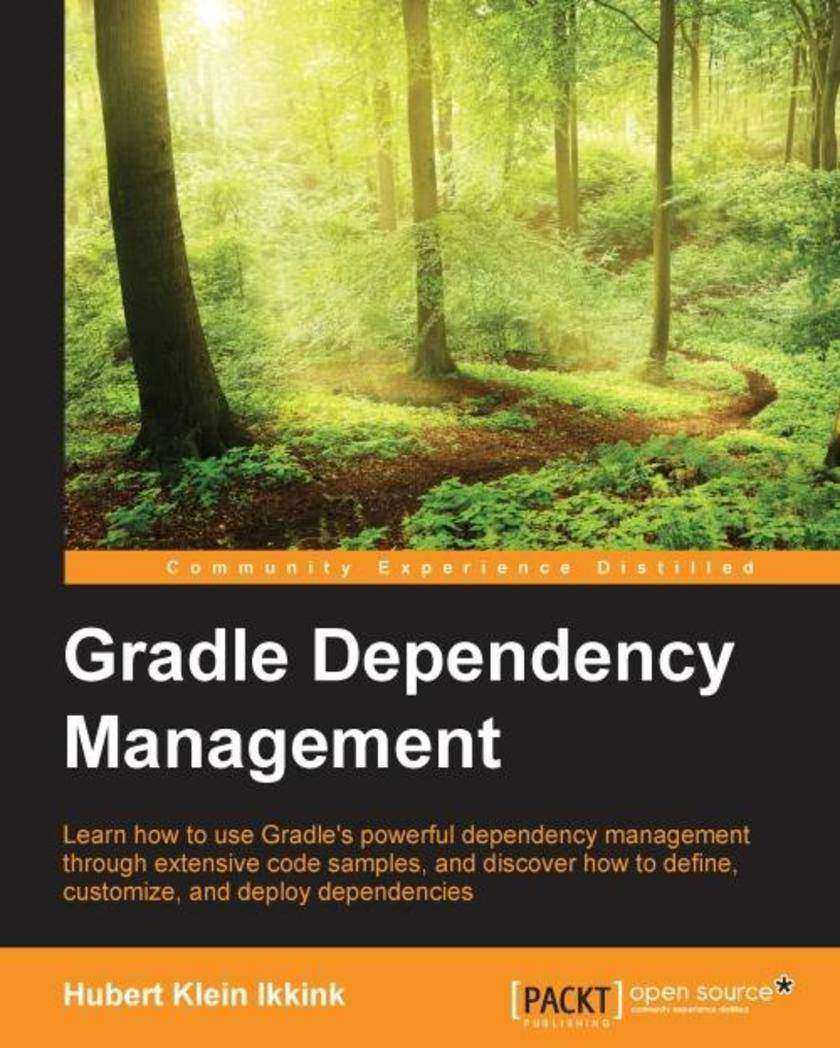
Gradle Dependency Management
¥54.49
If you work on Java projects, use Gradle as a build automation tool, and you use dependencies in your project, this is the book for you. Additionally, if you want to deploy your project artifacts as dependencies for other developers using Gradle, you've found the right book.
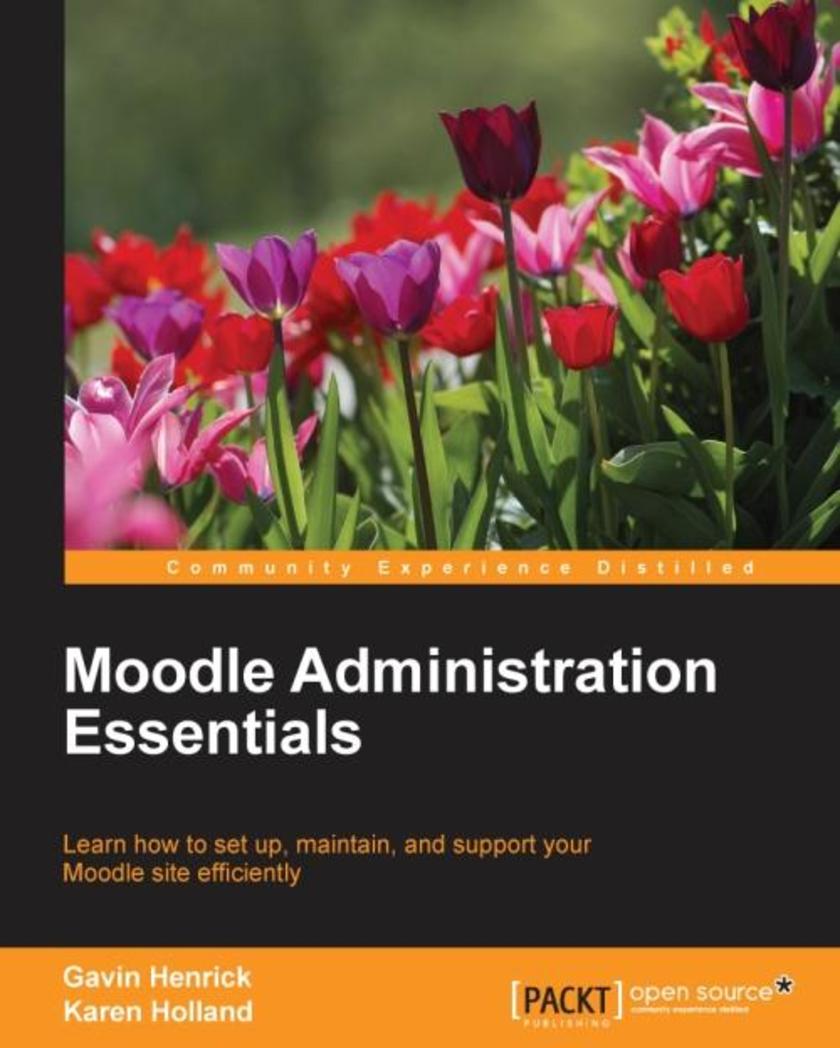
Moodle Administration Essentials
¥54.49
If you are an experienced system administrator and know how to manage servers and set up web environments but now want to explore Moodle, this book is perfect for you. You'll get to grips with the basics and learn to manage Moodle quickly, focusing on essential tasks. Having prior knowledge of virtual learning environments would be beneficial, but is not mandatory to make the most of this book.

Jasmine Cookbook
¥90.46
If you are a competent JavaScript developer who wants to design and implement tests using Jasmine in order to minimize bugs in the production environment, then this book is ideal for you. Some familiarity with unit testing and code coverage concepts such as branch coverage along with basic knowledge of Node.js, AngularJS, and CoffeeScript is required.
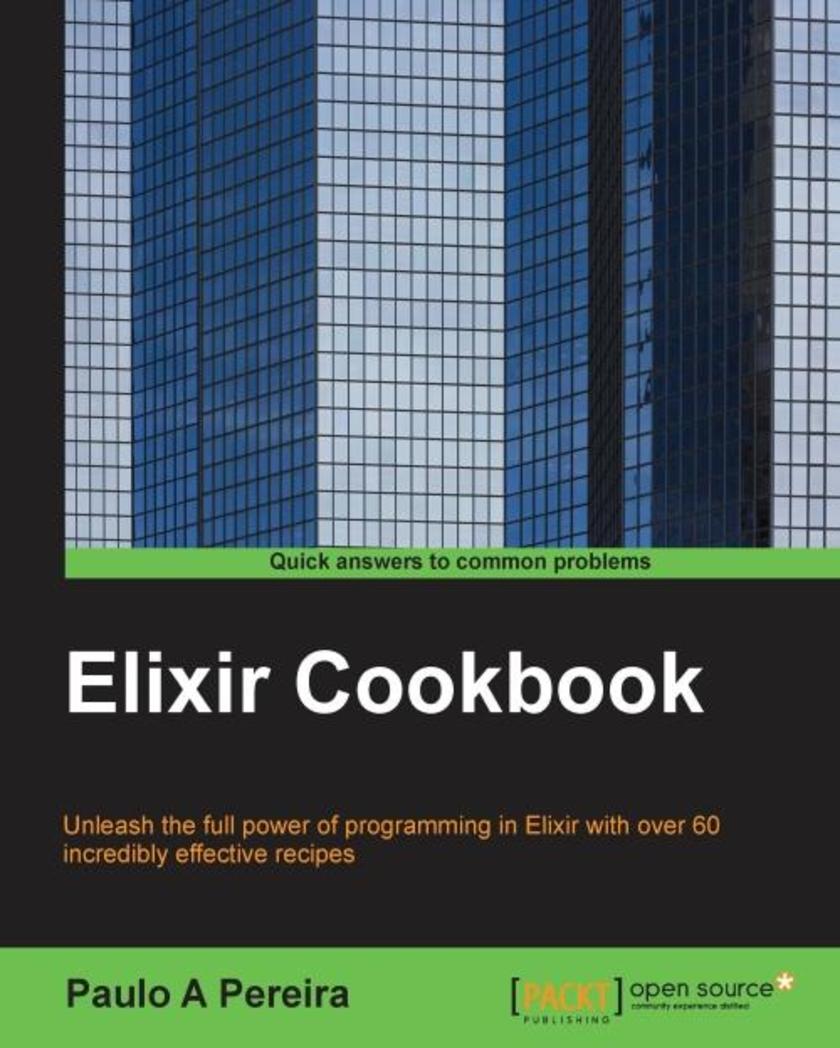
Elixir Cookbook
¥80.65
This book is intended for users with some knowledge of the Elixir language syntax and basic data types/structures. Although this is a cookbook and no sequential reading is required, the book’s structure will allow less advanced users who follow it to be gradually exposed to some of Elixir’s features and concepts specific to functional programming. To get the most out of this book, you need to be well versed with Erlang.
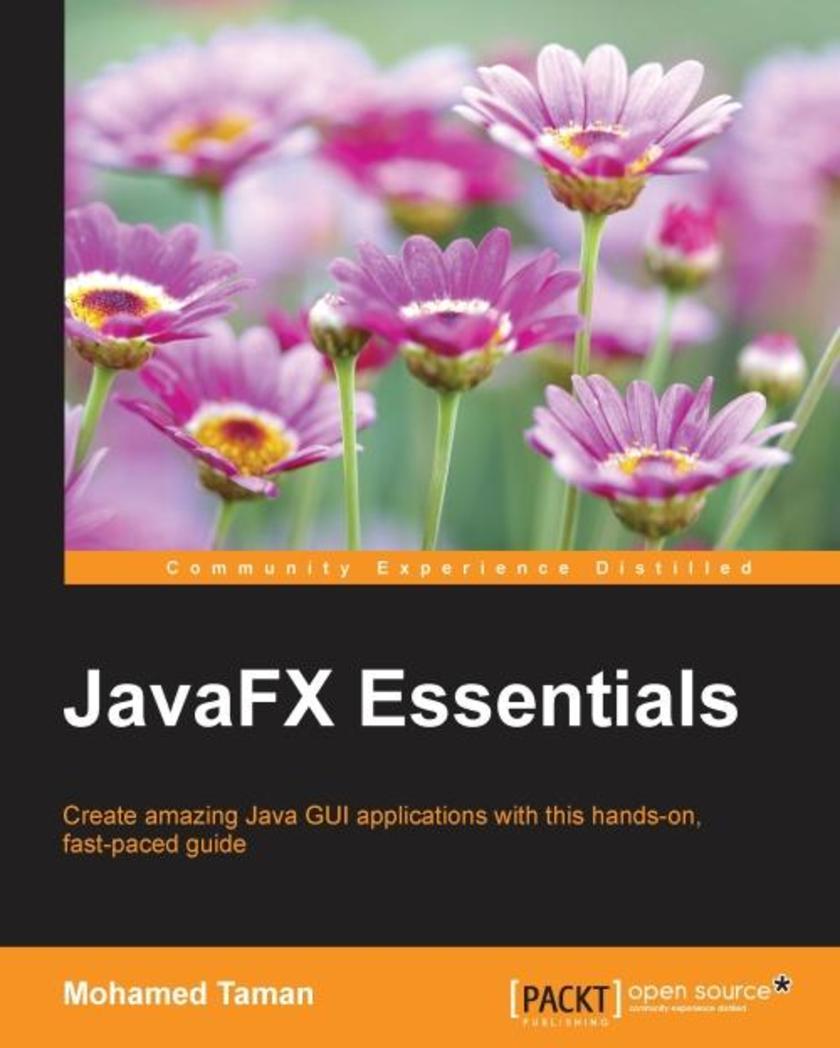
JavaFX Essentials
¥63.21
If you are a Java developer, an experienced Java Swing, Flash/Flex, SWT, or web developer looking to take your client-side applications to the next level, this book is for you.
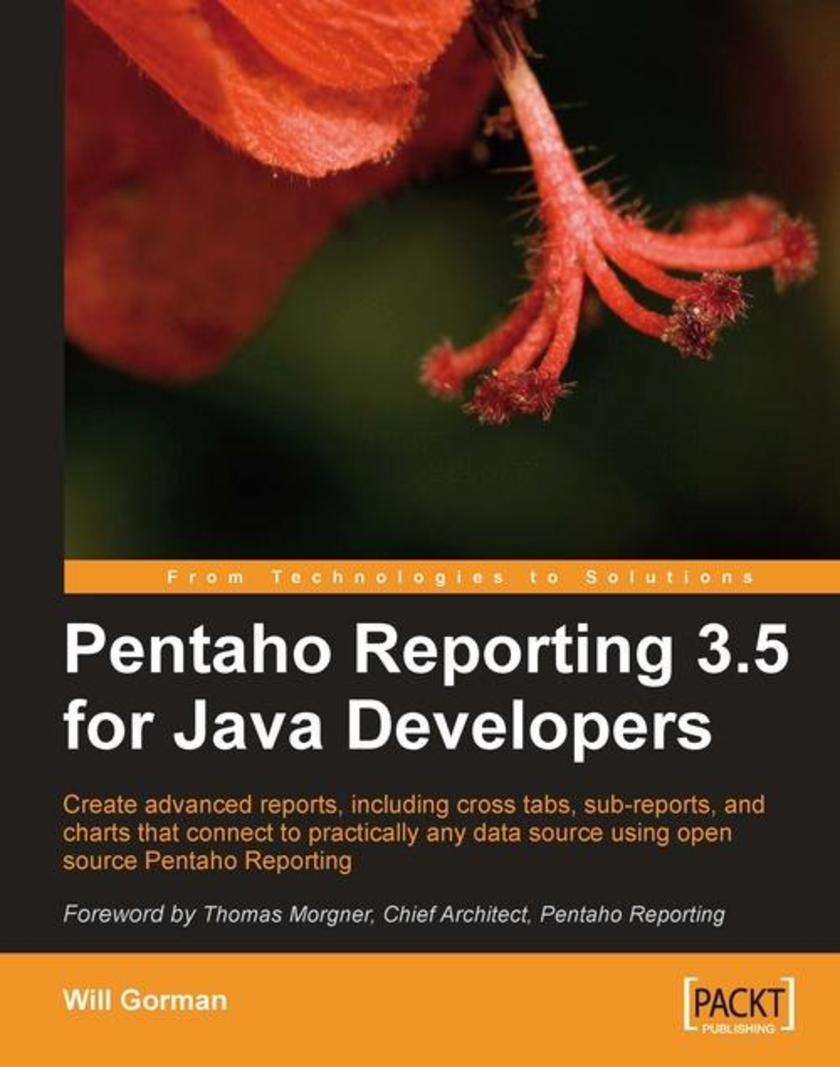
Pentaho Reporting 3.5 for Java Developers
¥80.65
This hands-on tutorial, filled with exercises and examples, introduces the reader to a variety of concepts within Pentaho Reporting. With screenshots that show you how reports look at design time as well as how they should look when rendered as PDF, Excel, or HTML, this book also contains complete example source code that you can copy and paste into your environment to get up and running quickly. This book is primarily written for Java developers who want to assemble custom reporting solutions with Pentaho Reporting. Their main interest is in the technical details of creating reports and they want to see how to solve common report problems with a minimum of fuss; they do not need an overview of BI or the importance of reporting. Secondary audiences of this book are IT professionals who need to install a reporting solution in their environment, and want to learn advanced concepts within Pentaho Reporting such as sub-reports, cross-tabs, data source configuration, and metadata-based reporting.




 购物车
购物车 个人中心
个人中心



